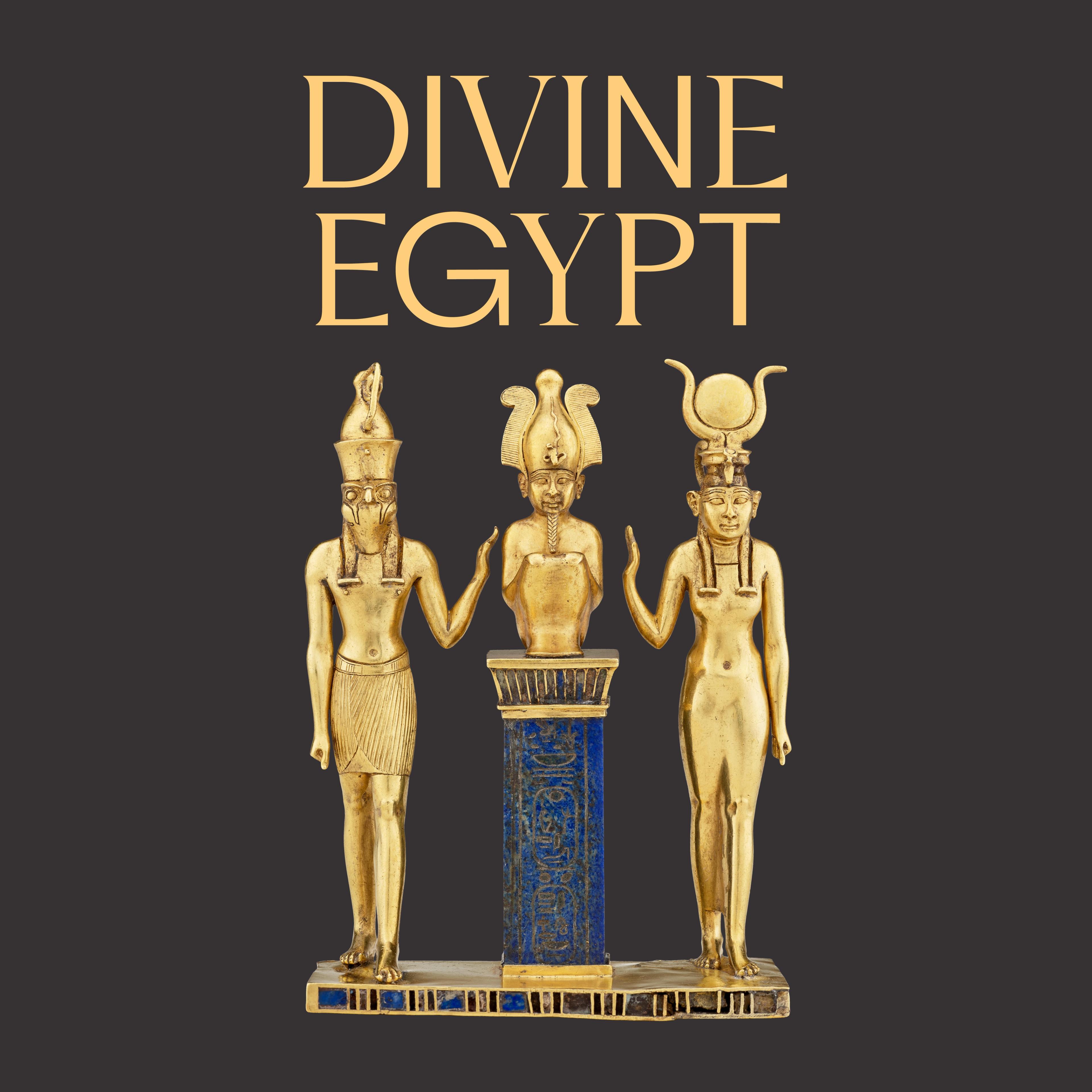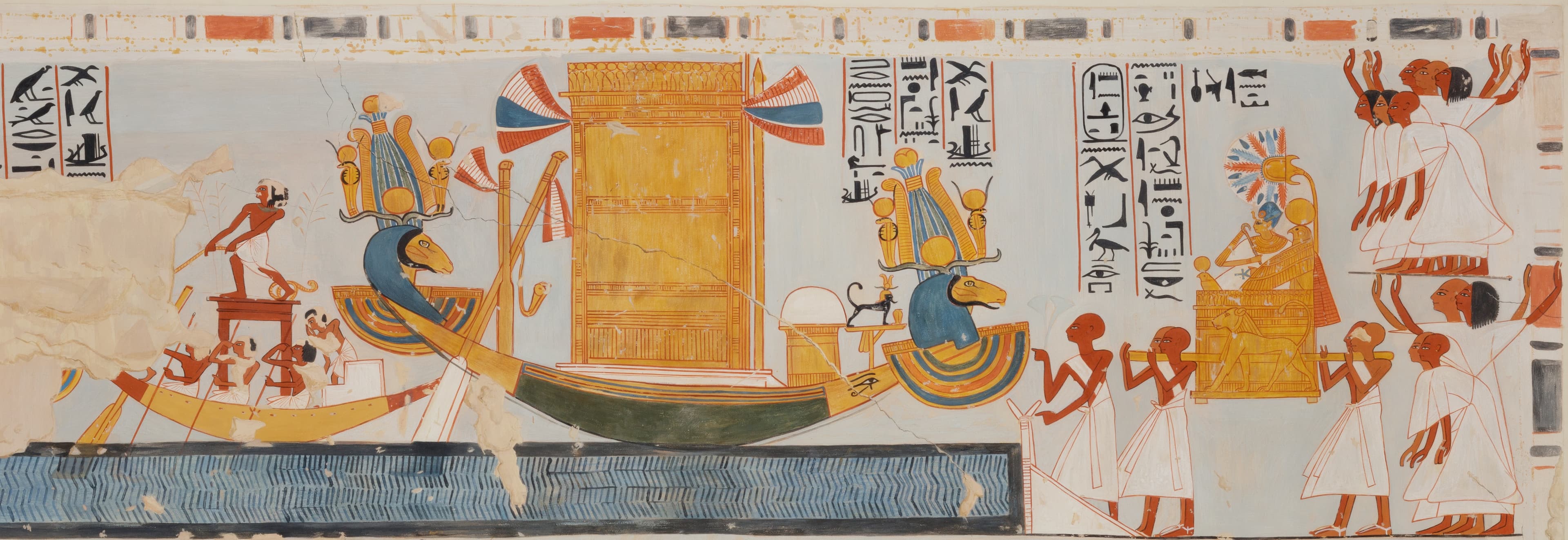In ancient Egypt, images of gods weren’t just images—they brought the gods to life. Egyptians believed that it was through their depictions in tombs, temples, and shrines that the deities could enter sacred spaces and become active participants in rituals, offering a vital connection between the human and divine worlds. Over Egypt’s long history, its belief system grew to include more than 1,500 gods with many overlapping forms and traits. Subtle visual cues like what a figure wore, how they posed, or the symbols they carried helped identify them and their roles.
Divine Egypt brings together almost 250 works of art and objects, many of them on loan from institutions such as the Museum of Fine Arts, Boston, the Musée du Louvre, Paris, and the Ny Carlsberg Glyptotek, Copenhagen, to examine the imagery associated with the most important deities in ancient Egypt’s massive body of gods. Depictions of the stately falcon-headed Horus, the lion-headed Sakhmet, and the serene, shrouded Osiris reveal the striking ways the kings and people of ancient Egypt recognized and interacted with their gods.
While the king had a daily direct relationship with the gods in the inner sanctuaries of great temples, people without such access found ways to connect with their gods through rituals, offerings, and objects of private devotion. This immersive look at how deities were depicted reveals the many roles they played in people’s lives, providing them with meaning in front of life’s uncertainties and the permanence of death.
The exhibition is made possible by The John A. Moran Charitable Trust.
Additional support is provided by the Kelekian Fund, Dorothy and Lewis B. Cullman, Alaina and Stirling Larkin, and Norby Anderson.
The catalogue is made possible by the Kelekian Fund.
Additional support is provided by Patricia A. Cotti.
Accessibility
To access a large-print version of the exhibition text, click here
Events
Press the down key to skip to the last item.
A grand occasion.
A once-in-a-decade exhibition of ancient deities.
A major event... stunning.
Exhibition Catalog
Divine Egypt
This captivating publication outlines the rich iconography used to represent Egyptian deities and explores how these representations evolved alongside the roles of the gods themselves.
Image Credits
Triad of Osiris, Horus, and Isis. From Egypt, probably Thebes, Karnak Temple. Third Intermediate Period, Dynasty 22, reign of Osorkon II (about 872–837 BCE). Gold inlaid with lapis lazuli. Acquired in 1872. Paris, Louvre Museum, Department of Egyptian Antiquities (E 6204). © 2025 GrandPalaisRmn (Louvre Museum). Photo: Mathieu Rabea




